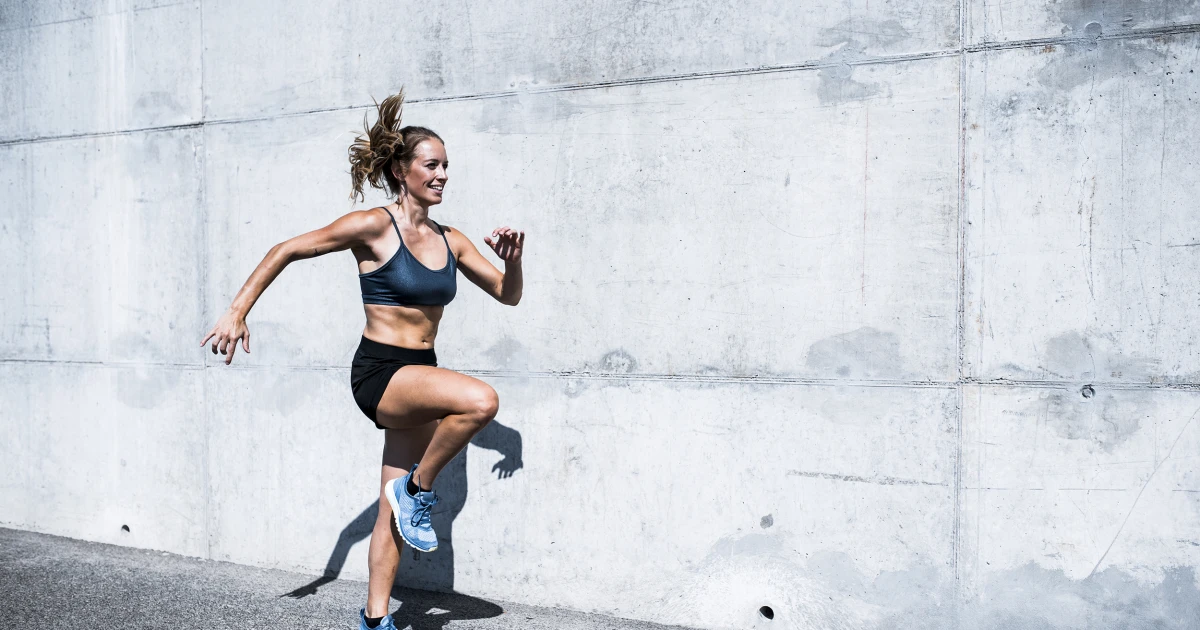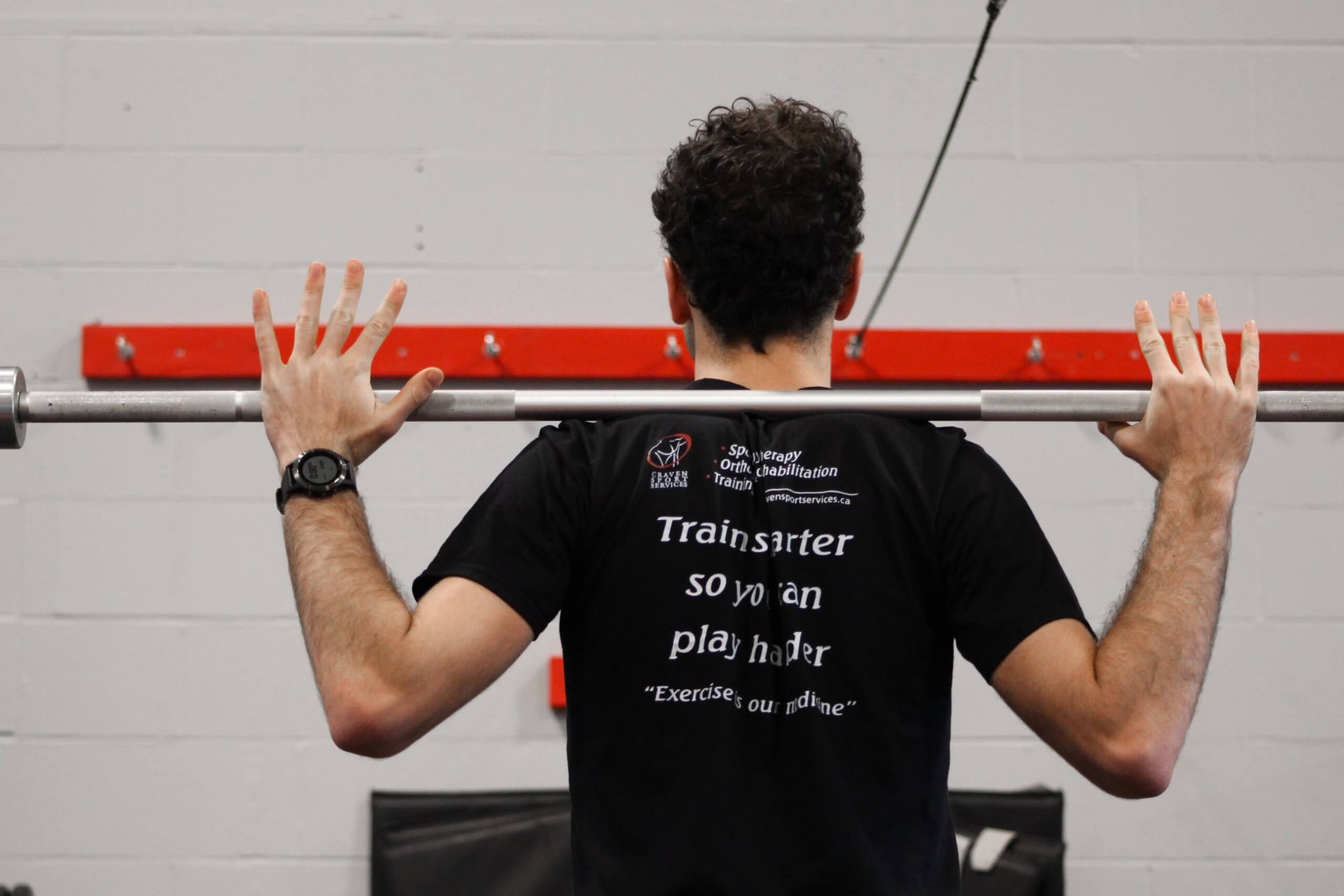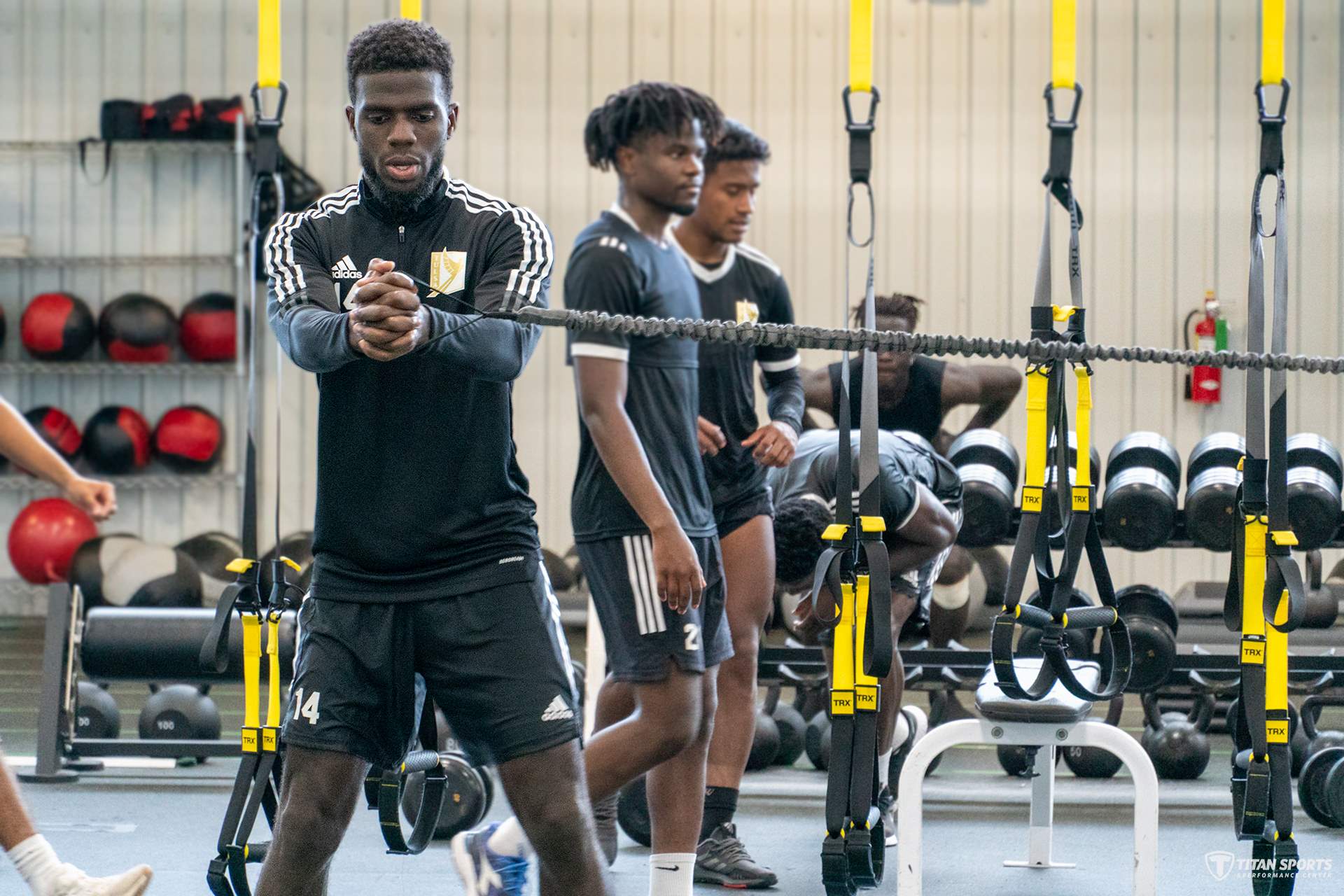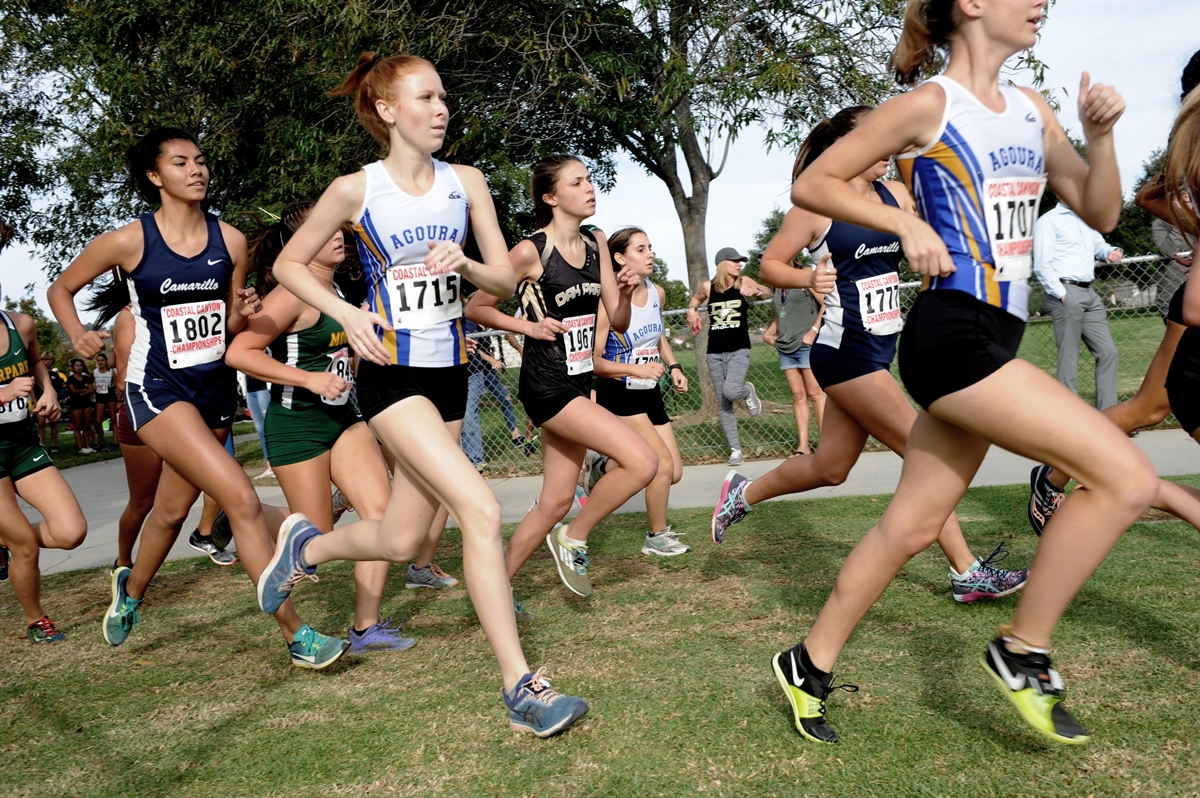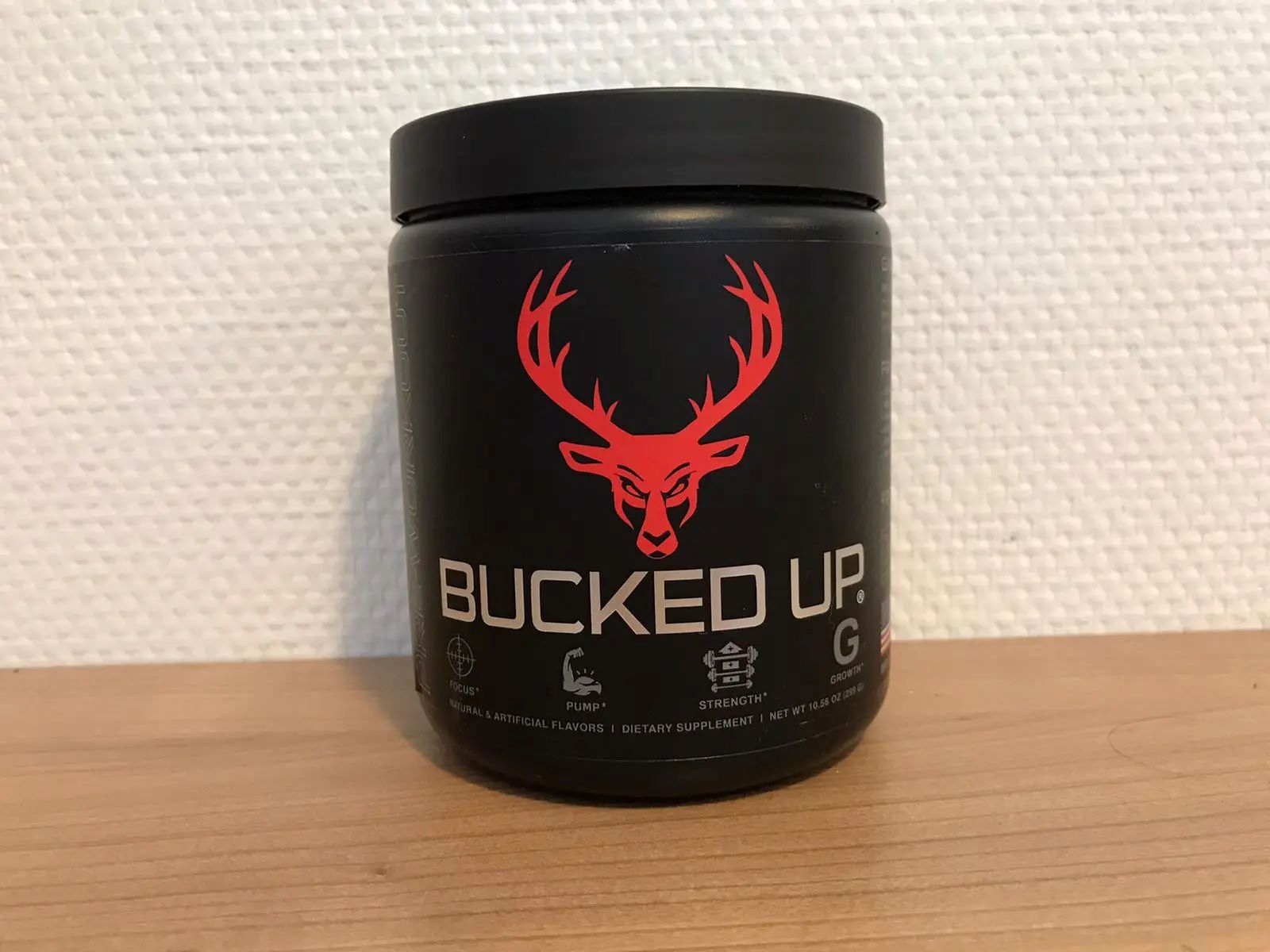Home>Misc>Featured>At What Age Does Athletic Performance Peak
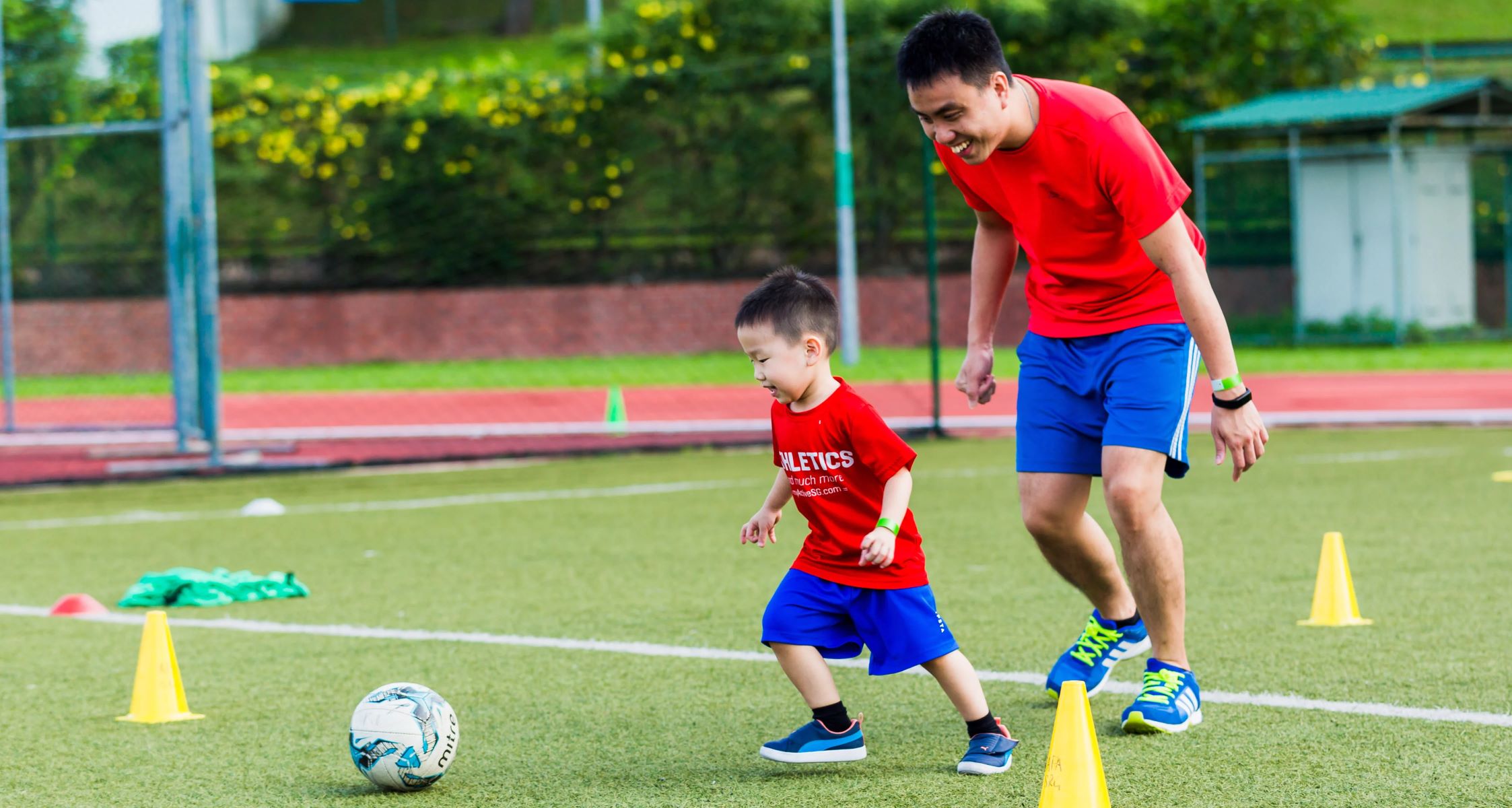

Featured
At What Age Does Athletic Performance Peak
Modified: August 21, 2023
Find out at what age athletic performance peaks. Discover the ideal timing for athletes to excel in their chosen sports. Featured article.
Introduction
Athletic performance is a topic of great interest for athletes, fitness enthusiasts, and sports scientists alike. Many people wonder at what age athletes reach their peak performance and whether there is a specific period when physical abilities are at their best. The answer to this question is complex, as there are several factors that can influence athletic performance.
While chronological age is often used as a benchmark, it is important to recognize that every individual is unique and their physical development can vary greatly. Factors such as genetics, training history, and lifestyle choices can all play a role in determining the peak performance age for each athlete.
Additionally, the type of sport or activity also affects the optimal age for peak performance. Endurance sports, such as long-distance running or cycling, may have a later peak performance age compared to strength and power sports like weightlifting or sprinting.
In this article, we will explore the various factors that influence athletic performance and discuss the age at which athletes tend to reach their peak physical abilities. We will also explore the possible explanations for the decline in performance that often occurs with age. By understanding these factors, we can gain insight into how to optimize training and performance as athletes strive to reach their full potential.
So, if you’ve ever wondered when athletes are at their absolute best, let’s dive into the fascinating world of athletic performance and discover the age at which athletes tend to reach their peak physical capabilities.
Factors Affecting Athletic Performance
Athletic performance is influenced by a multitude of factors that contribute to an individual’s abilities and potential. These factors can be broadly categorized into three main areas: genetic factors, training and lifestyle choices, and psychological factors.
Genetic Factors: Genetics play a significant role in an individual’s athletic performance. Factors such as muscle fiber type composition, body type, and aerobic capacity are largely determined by genetic factors. For example, individuals with higher percentages of fast-twitch muscle fibers tend to excel in explosive and power-based sports, while those with higher percentages of slow-twitch muscle fibers are better suited for endurance events.
Training and Lifestyle Choices: The type and quality of training, as well as lifestyle choices, can heavily impact athletic performance. A well-designed training program that includes proper periodization, specific skill development, and adequate recovery can enhance an athlete’s abilities. Conversely, poor training techniques, overtraining, inadequate rest, and improper nutrition can hinder performance and increase the risk of injury.
Psychological Factors: The mental aspect of athletic performance is crucial. Factors such as mindset, motivation, focus, and confidence can significantly impact an athlete’s performance. Having a positive mindset, setting realistic goals, and developing strong mental resilience can help athletes push through challenges and perform at their best when it matters most.
It is important to note that these factors do not act in isolation; rather, they interact with and influence one another. For example, genetics can determine an individual’s baseline physical attributes, but proper training and lifestyle choices can help maximize their potential within those genetic confines. Moreover, psychological factors can both directly and indirectly affect an athlete’s overall performance, by influencing factors such as motivation, discipline, and decision-making.
Understanding and optimizing these factors is essential for athletes and coaches to develop effective training strategies and unlock an athlete’s full potential. By identifying and addressing the specific needs and strengths of each individual, athletes can tailor their training programs to enhance their performance in the most efficient and effective way possible.
Now that we have explored the various factors that influence athletic performance, let’s dive deeper into the specific age at which athletes tend to reach their peak physical capabilities in different sports.
Physical Peak Performance in Different Sports
The age at which athletes reach their peak physical performance can vary depending on the specific demands and characteristics of the sport they participate in. Different sports require different combinations of physical attributes and skills, resulting in varying peak performance ages. Let’s explore some examples:
Endurance Sports: Endurance sports, such as long-distance running, cycling, or swimming, typically require high levels of aerobic capacity and efficient energy utilization. In these sports, athletes tend to reach their peak performance in their mid to late 20s or even early 30s. This is because it takes time to develop the necessary cardiovascular fitness, stamina, and efficient energy systems required for sustaining prolonged efforts.
Strength and Power Sports: Strength and power sports, such as weightlifting, sprinting, or gymnastics, focus on explosive bursts of force and maximal power output. Athletes in these sports generally reach their peak performance at a younger age, usually in their late teenage years to their early 20s. This early peak is due to the rapid development of muscle strength, power, and neuromuscular coordination during adolescence and early adulthood.
Technical Sports: Technical sports, such as tennis, golf, or figure skating, rely heavily on skills, technique, and precision. While physical fitness is crucial, athletes in these sports can continue to refine their skills and improve their performance well into their 30s or even 40s. Experience, knowledge, and mastery of the intricate movements and strategies play a significant role in their continued success.
Team Sports: Team sports, such as soccer, basketball, or rugby, involve a combination of physical attributes, skills, and tactical awareness. Peak performance in team sports depends on various factors, including the specific position played, playing style, and individual development. Typically, athletes in team sports reach their peak physical performance in their late 20s or early 30s. This allows for a balance between physical maturity, skill acquisition, and tactical understanding.
It is worth noting that while these age ranges are often observed in athletes, exceptions exist. Some individuals may hit their peak earlier or later due to inherent genetic advantages, early specialization, or even extended careers with high levels of conditioning and care.
Understanding when athletes tend to reach their peak physical performance in different sports can help coaches, athletes, and parents make informed decisions about training strategies, skill development, and competition readiness. By aligning training programs with the typical peak performance age in a given sport, athletes can optimize their development and maximize their potential.
Now that we have explored the age at which athletes tend to reach peak physical performance in different sports, let’s delve into the concept of peak performance in endurance sports and the factors that influence it.
Peak Performance in Endurance Sports
Endurance sports, such as long-distance running, cycling, and swimming, require athletes to sustain prolonged efforts over extended periods of time. Achieving peak performance in these sports involves a combination of extensive aerobic fitness, efficient energy utilization, and mental resilience.
In endurance sports, athletes typically reach their peak performance in their mid to late 20s or even early 30s. This is because it takes time to develop the necessary cardiovascular fitness, muscular endurance, and optimal energy systems required for sustained efforts.
Endurance athletes undergo years of dedicated training to build their aerobic capacity, improve their lactate threshold, and enhance their efficiency in utilizing carbohydrates and fats as energy sources. This training focuses on developing the cardiovascular system, improving oxygen delivery to muscles, and optimizing energy production and utilization.
Additionally, endurance sports require athletes to develop mental resilience to cope with the physical demands and psychological challenges. Long hours of training and racing can test an athlete’s determination, focus, and ability to push through mental barriers. Mental strategies such as goal-setting, visualization, and positive self-talk play a crucial role in achieving peak performance in endurance sports.
Another factor influencing peak performance in endurance sports is the concept of periodization. This training approach involves dividing the year into distinct phases, each with a specific focus on building different physiological adaptations. These phases typically include base training to develop aerobic fitness, high-intensity intervals to improve speed and power, and tapering to maximize performance during important events.
It is important for endurance athletes to strike a balance between training load and recovery. Proper recovery and rest periods allow the body to adapt and become stronger, reducing the risk of overtraining and injury. Adequate nutrition, hydration, and sleep are also vital for optimal performance and recovery in endurance sports.
Overall, achieving peak performance in endurance sports requires a combination of physical and mental conditioning, meticulous training, and appropriate recovery. By understanding the importance of aerobic fitness, energy utilization, mental resilience, and periodization, athletes can optimize their training strategies and enhance their performance in long-distance events.
Now that we have explored peak performance in endurance sports, let’s shift our focus to strength and power sports and how age impacts performance in these disciplines.
Peak Performance in Strength and Power Sports
Strength and power sports, such as weightlifting, sprinting, and jumping, require athletes to generate explosive bursts of force and maximal power output. Achieving peak performance in these sports involves developing high levels of muscular strength, power, and neuromuscular coordination.
In strength and power sports, athletes generally reach their peak performance at a younger age, usually in their late teenage years to their early 20s. This is because during adolescence and early adulthood, individuals experience rapid physical development, including an increase in muscle mass, hormonal changes, and enhanced neuromuscular coordination.
During this period, athletes can effectively build muscle strength and power through targeted resistance training. The development of muscle fibers, particularly fast-twitch fibers, contributes to explosive force production. Additionally, the improvement of neuromuscular coordination allows athletes to optimize movement patterns, generating more power with each repetition.
Training methodologies in strength and power sports often focus on heavy resistance training, plyometrics, and specific skill development. These training techniques target the recruitment of fast-twitch muscle fibers and enhance the ability to generate maximal force in a short period of time.
However, it is important to note that while athletes in strength and power sports tend to reach their peak performance at a younger age, they can continue to refine their skills, improve technique, and increase overall strength and power with proper training and conditioning at later stages of their career.
Proper periodization of training is key in achieving peak performance in strength and power sports. This involves dividing the training program into different phases to focus on specific goals, such as strength development, power enhancement, or competition readiness. Each phase includes appropriate rest and recovery periods to allow for adaptation and prevent overtraining.
In addition to physical conditioning, psychological factors also play a crucial role in strength and power sports. Athletes must possess mental resilience, focus, and confidence to overcome challenges, push through fatigue, and perform at their best during competition.
Proper nutrition and rest are essential for athletes in strength and power sports. Adequate protein intake is necessary for muscle repair and growth, while sufficient rest and recovery ensure optimal adaptation to training stimuli. Balancing intense training with adequate recovery allows for the continual improvement of performance over time.
Now that we have explored peak performance in strength and power sports, let’s delve into the age-related decline in athletic performance skills and the possible explanations behind it.
Age-Related Decline in Athletic Performance Skills
As athletes age, they often experience a decline in certain physical attributes and skills that are crucial for athletic performance. While the extent and timing of this decline can vary from person to person, it is a natural part of the aging process. Several factors contribute to the age-related decline in athletic performance skills.
Muscle Mass and Strength: One of the noticeable changes with age is a loss of muscle mass, known as sarcopenia. This loss of muscle mass directly affects an athlete’s strength and power, impacting their overall performance. It becomes more challenging to build and maintain muscle as we age, leading to reduced physical capabilities.
Aerobic Capacity and Endurance: Another aspect that declines with age is aerobic capacity, which affects an individual’s ability to sustain prolonged efforts. The decline in cardiovascular function and reduced oxygen uptake can result in decreased endurance and slower recovery times, limiting an athlete’s performance in endurance-based sports.
Flexibility and Mobility: Flexibility and mobility naturally decline as we age due to changes in muscle elasticity, joint structure, and connective tissue. Decreased flexibility and mobility can affect an athlete’s ability to execute proper technique, leading to limitations in range of motion and potentially increasing the risk of injuries.
Reaction Time: Age-related decline in reaction time is another factor that impacts athletic performance. As we age, the speed at which our brain processes and responds to stimuli slows down, affecting agility, quickness, and responsiveness in sports that require rapid decision-making and reflexes.
Recovery and Resilience: Older athletes tend to require more time to recover between intense training sessions or competitions. The body’s ability to repair damage and adapt to stress diminishes with age. This can impact an athlete’s training frequency, resulting in a slower rate of improvement and a higher risk of overuse injuries.
While these age-related changes can be discouraging, it is important to remember that athletes can still achieve remarkable accomplishments at any age. With appropriate training modifications, proper nutrition, and a focus on injury prevention and recovery, athletes can continue to perform at a high level and defy some of the effects of aging.
It is worth noting that while there may be a decline in certain physical attributes and skills, there are also areas where experience, wisdom, and mental resilience improve with age. As athletes gain more knowledge and understanding of their sport, they can compensate for some of the physical decline by utilizing better strategies, tactics, and decision-making.
Now that we have explored the age-related decline in athletic performance skills, let’s delve into some possible explanations for this decline and how individuals may differ in their peak performance age.
Possible Explanations for the Decline in Performance with Age
The decline in athletic performance with age can be attributed to a variety of factors that contribute to the physiological and functional changes that occur in the body over time. While the aging process affects individuals differently, there are several common explanations for the decline in performance:
Loss of Muscle Mass: With age, there is a natural decline in muscle mass, known as sarcopenia. This loss of muscle mass contributes to decreased strength, power, and overall performance. Factors such as hormonal changes, decreased protein synthesis, and reduced physical activity can exacerbate this decline.
Reduced Aerobic Capacity: The maximal oxygen uptake capacity or VO2 max, which is a measure of the body’s ability to utilize oxygen during exercise, decreases as we age. This reduction in aerobic capacity affects endurance performance, making it harder to sustain high-intensity efforts for extended periods of time.
Decline in Joint Health and Flexibility: The joints, tendons, and connective tissues become stiffer and less flexible with age. This can limit range of motion and increase the risk of injuries, affecting an athlete’s ability to perform certain movements and techniques effectively.
Decreased Hormone Levels: Hormones such as testosterone and growth hormone play a vital role in muscle development and recovery. As individuals age, hormone levels naturally decline, affecting muscle growth, repair, and overall performance potential.
Slower Recovery and Reduced Resilience: The ability to recover from intense training and competitions diminishes with age. Older athletes typically require more time for recovery, making it harder to maintain training frequency and intensity. This can result in reduced adaptations and slower progress, both physically and mentally.
Impaired Cognitive Function: Age-related cognitive decline can impact an athlete’s ability to process information quickly, make split-second decisions, and react to stimuli. This can hinder performance, especially in sports that require rapid decision-making and reflexes.
While these explanations provide insight into the decline in performance with age, it is essential to recognize that not all individuals experience the same decline or at the same rate. Genetic factors, training history, lifestyle choices, and overall health can all influence an individual’s athletic trajectory and peak performance age.
Additionally, the concept of “use it or lose it” applies to athletic performance as well. Continued engagement in regular physical activity, proper nutrition, and targeted training can help slow down the decline and maintain performance levels for a longer period of time.
It is vital to approach aging as an opportunity to adapt training strategies, focus on injury prevention, and prioritize overall health and well-being. With proper training modifications, a positive mindset, and a balanced approach to recovery and training, athletes can continue to excel and achieve meaningful performance milestones as they age.
Now that we have explored the possible explanations for the decline in performance with age, let’s dive into the individual differences in peak performance age and how it can vary from person to person.
Individual Differences in Peak Performance Age
While there are general trends regarding the age at which athletes tend to reach their peak performance, it is important to recognize that individual differences play a significant role. Each person has a unique genetic makeup, training history, and lifestyle factors that can influence their peak performance age.
Genetic Factors: Genetic variations can contribute to differences in athletic abilities and potential. Some individuals may have genetic advantages that allow them to excel at a younger age, while others may have genetic factors that allow them to maintain performance levels well into their later years.
Training History: Training history and experience play a crucial role in an athlete’s development and performance. Athletes who have been consistently engaged in high-quality training from a young age may reach their peak performance earlier due to the cumulative effects of training adaptations and skill development. On the other hand, those who have started later in their athletic journey may experience a longer trajectory before reaching their peak.
Lifestyle Choices: The choices an individual makes regarding nutrition, rest, recovery, and overall lifestyle can impact their athletic performance and peak performance age. Proper nutrition and adequate rest are essential for optimal training adaptations, while unhealthy habits can hinder progress and delay reaching peak performance.
Mental Resilience: Mental factors, such as mindset, motivation, focus, and discipline, also contribute to an athlete’s performance trajectory. Those with strong mental resilience may be able to push through challenges and continue to improve their performance even as they age. Mental strategies, such as goal-setting, visualization, and positive self-talk, can play a significant role in an athlete’s ability to perform at their best.
Sport-Specific Factors: The demands and characteristics of a specific sport can also influence an athlete’s peak performance age. Some sports require a longer time to develop the technical skills and tactical understanding necessary for peak performance. Others may heavily rely on physical attributes that are more prone to decline with age.
It is important to remember that individual differences should be embraced rather than compared. Everyone follows their own unique athletic journey, and reaching peak performance at a different age does not diminish one’s accomplishments. Each athlete should focus on their own progress, growth, and enjoyment of the sport, rather than being solely fixated on a particular age.
Coaches and athletes can use the understanding of individual differences to tailor training programs, set realistic goals, and adapt strategies to best suit each athlete’s needs. By recognizing and embracing these differences, athletes can optimize their training, maximize their potential, and achieve success in their athletic endeavors.
Now that we have explored individual differences in peak performance age, let’s wrap up our discussion on the fascinating topic of athletes and their physical capabilities.
Conclusion
The age at which athletes reach their peak performance is a complex and multifaceted topic. Factors such as genetics, training history, lifestyle choices, and sport-specific demands all contribute to the unique trajectory of an athlete’s peak performance age. However, there are some general patterns that can be observed.
Endurance sports tend to have a later peak performance age, as they require the development of aerobic capacity, efficient energy utilization, and mental resilience. Strength and power sports, on the other hand, often see athletes reach their peak performance at a younger age due to rapid muscle development and neuromuscular coordination during early adulthood.
As athletes age, they may experience a decline in certain physical attributes and skills that are crucial for performance. Factors such as loss of muscle mass, reduced aerobic capacity, decreased flexibility, slower recovery, and cognitive changes contribute to this decline. However, individual differences and lifestyle choices can influence the rate and extent of this decline.
It is important to approach the aging process with a positive mindset and a focus on overall health and well-being. Proper training modifications, adequate rest and recovery, and attention to nutrition can help slow down the decline and maintain performance levels for a longer period of time.
Achieving peak performance is not solely tied to a specific age. Each athlete has their own unique journey, and the focus should be on continuous improvement, personal growth, and enjoying the process. By understanding the factors that influence peak performance and appreciating individual differences, athletes can optimize their training strategies, set realistic goals, and reach their full athletic potential, regardless of their chronological age.
So, whether you are an athlete, a fitness enthusiast, or simply curious about the fascinating world of sports performance, understanding the age-related aspects of athletic performance can provide valuable insights and help guide your own journey towards success and excellence.
